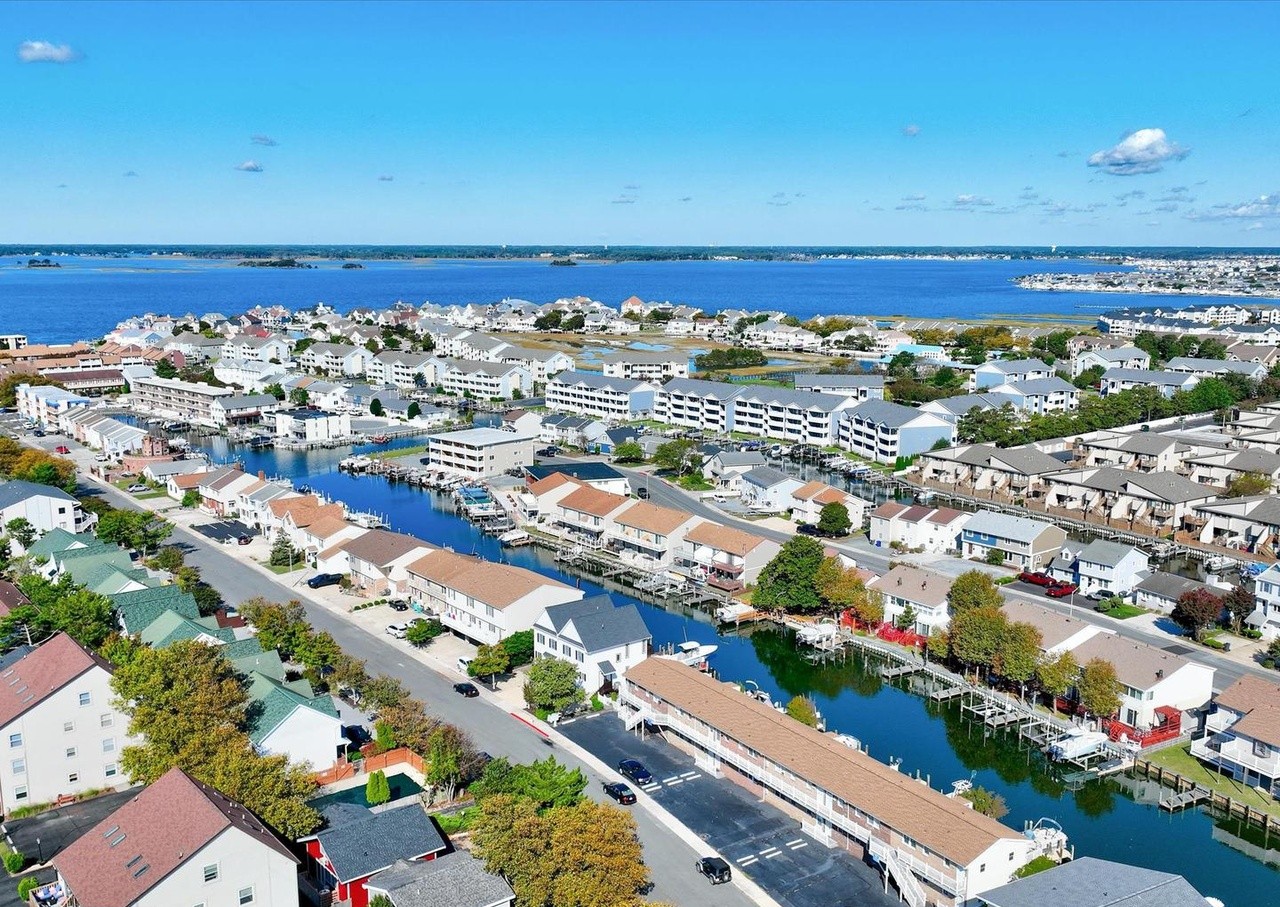The housing market has had a huge change in the last two years, and moving toward 2025, homebuyers will need to be familiar with the rising factors that will shape their decisions.
From changing location preferences to new demands for home features, the factors in this article reflect how the housing landscape is evolving. For both first-time buyers and those considering moving, understanding the trends provides confidence when navigating the market.
The Rise of Suburban and Secondary Cities
In the past, major municipal areas like New York, Los Angeles, and Chicago were the top destinations for homebuyers.
However, the COVID-19 pandemic rushed a significant shift toward suburban and secondary cities.
As remote work becomes more established and employers embrace flexible working arrangements, homebuyers are prioritizing space and affordability over proximity to city centers.
The suburbs are now offering better alternatives for buyers seeking larger homes with more value. Secondary cities, located no more than a few hours from major urban centers in most cases, are now also gaining momentum.
Austin, Raleigh, Boise, and other such cities have shown rapid growth as young professionals, families, and retirees look for room to breathe, lower taxes, and a higher quality of life.
As Mitchell G. David, team leader of Beach Life Premier Team, says, “With the rise of remote work and the growing desire for a better work-life balance, many buyers are rethinking their priorities. Suburban and secondary cities, especially those near the coast, offer much better options.”
This course is expected to continue into 2025, with many buyers opting for these emerging areas where they can enjoy an improved lifestyle and a lower cost of living compared to traditional urban areas.
Technology in Real Estate Transactions
Technology has changed most establishments, and real estate is no exception.
By 2025, homebuyers will be more affected by technology in every step, from research to the closing of the deal.
Virtual tours and augmented reality will keep evolving and at a certain point, they will be widely used. This will allow buyers to explore homes remotely without visiting the property in person.
Blockchain tech will also impact property transactions, as it makes the buying process quicker, more secure, and more transparent. It replaces traditional middlemen like title companies, as blockchain makes it smoother to transfer titles and avoid fraud.
Additionally, electronic contracts and digital signatures will soon become a norm to reduce paperwork.
Hunter Moyer, an agent with Beach Life Premier Team, says, “As someone who’s been part of the Eastern Shore community for years, I’ve seen firsthand how technology has reshaped how we buy and sell homes. In today’s market, buyers expect convenience and speed, and digital tools like virtual tours and blockchains have made it easier than ever to view and purchase properties remotely. These technologies mean less waiting and more reliance for both buyers and sellers.”
So, for recent homebuyers, it pays off big time to be technologically savvy. Digital convenience and blockchain transparency will support better buyer decisions with less stress and time than ever required in traditional real estate transactions.
The Growing Appeal of Beach Cities

Nowadays, homebuyers are gravitating toward peaceful, scenic escapes, and beach towns.
With Ocean views, mild climates, and a slower, more laid-back vibe, coastal communities are thriving, with no signs of slowing down.
In 2025, the wave of buyers heading to these areas will keep growing.
From the buzzing shores of California to the calm coastlines of Florida, Texas, and the Pacific Northwest, waterfront living is hotter than ever. Homes by the water, once reserved for the ultra-wealthy, are now in reach for those prioritizing lifestyle over strictly financial gains.
Sure, beach properties often come with a steeper price tag, but many see them as a smart investment, blending beauty, potential rental income, and long-term value.
Along the Eastern Seaboard, canal homes in Ocean City’s waterfront districts have seen particularly strong demand, offering residents the perfect blend of coastal living and urban convenience. Browse Ocean City’s canal homes to discover why waterfront properties are captivating buyers this year. They blend waterfront access with proximity to all the coastal attractions that make living there so special.
Also, remote work isn’t going anywhere, and with that freedom, more people are moving to places they once only dreamed of calling home.
Local real estate markets are stepping up to meet demand with new builds and upgraded amenities, creating fresh properties for those ready to embrace beachside living.
A Shift Toward Smaller Homes and Multi-Generational Living

While large houses used to be the definition of success, the tendency to go for more functional and smaller homes has become quite evident.
Many homebuyers are looking to have an efficient living space that enables them to maintain a simple, sustainable lifestyle.
Compact homes with maximum functionality without excess square footage are gaining momentum. This is particularly true among younger adult buyers, such as millennials and members of Gen Z, who place a higher value on affordability and sustainability than size.
Not to mention the increasing trend toward multigenerational living, when looking at rising house and childcare costs, increasingly larger houses accommodate several generations under one roof. Of course, it’s both economic and cultural as families crave more connectedness and shared experience.
The growing demand is for homes that have flexibility in layout: in-law suites, separate entrances, and large areas of common space.
In 2025, homebuyers will continue to seek homes that can provide versatility. Whether it is a smaller home that maximizes space or can house multiple generations comfortably, the paradigm is shifting from luxury and square footage to functionality and adaptability.
Outro
As you can see, with the growing remote work in professional lives, homebuyers increasingly prefer suburban and secondary cities, eco-friendly houses, and tech-driven buying or selling. The increased trend in beach cities and moving to a smaller, adaptable home simply underscores the evolving characteristics of the housing market.

Recent Comments